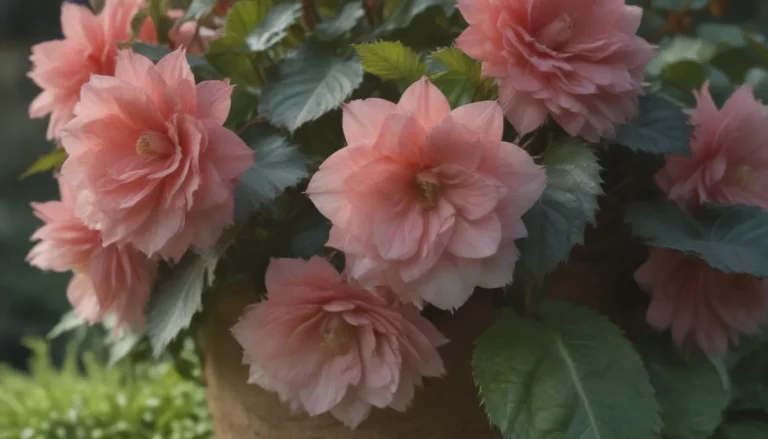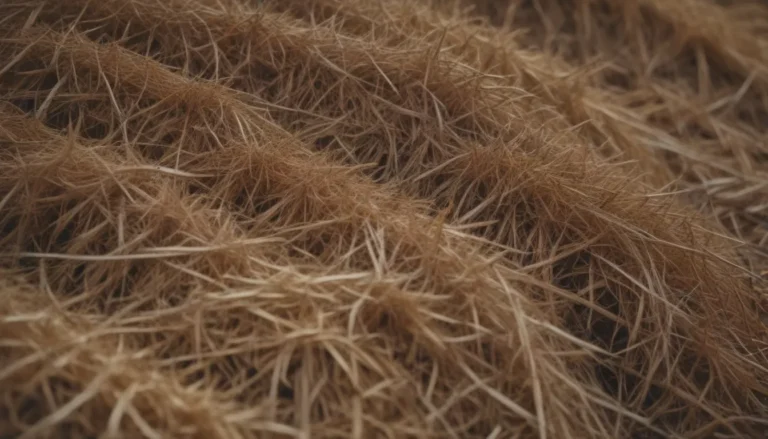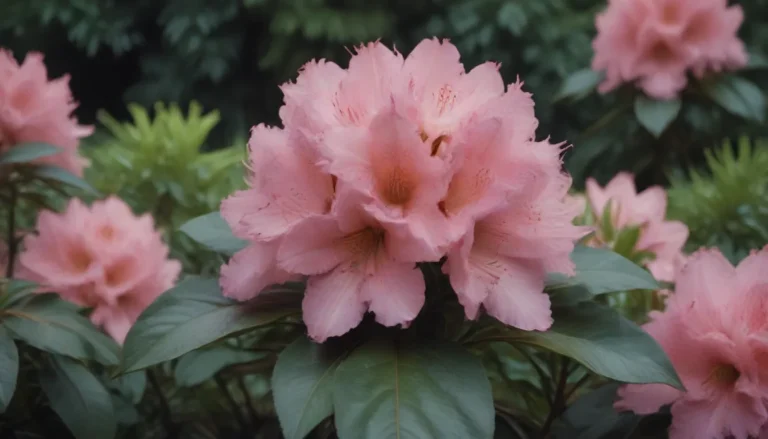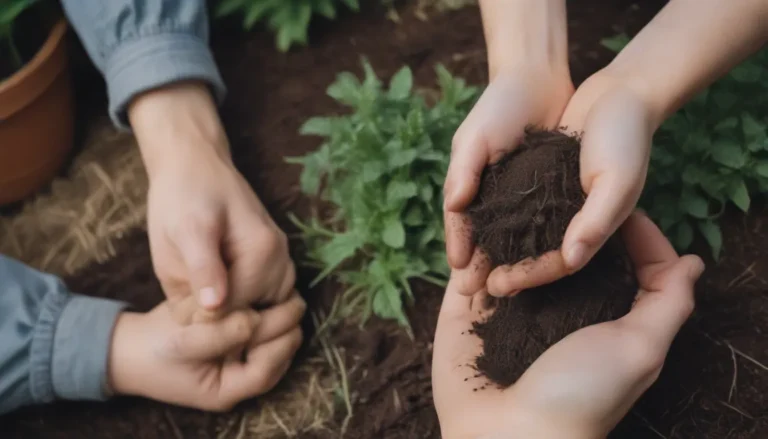Ultimate Guide to Growing and Caring for Hoya Kentiana
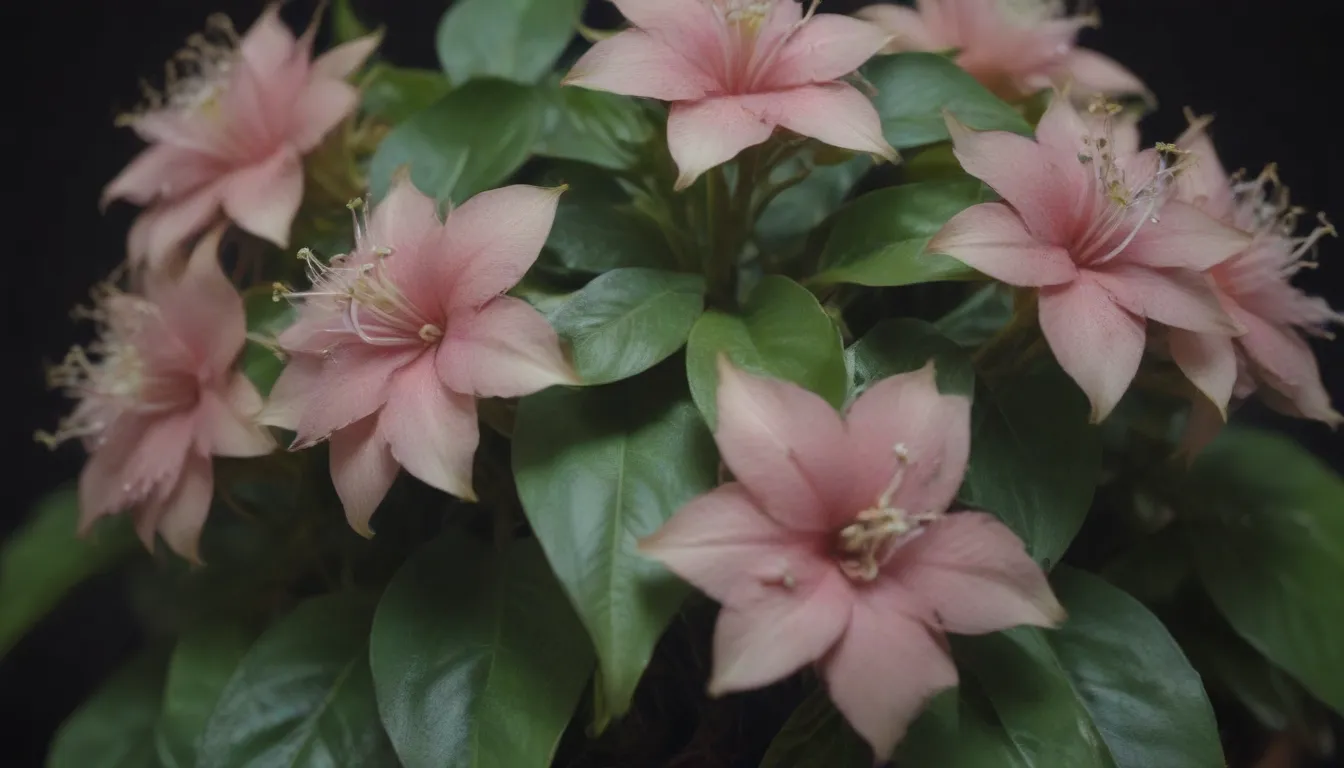
If you’re looking to add a touch of tropical flair to your indoor space, look no further than the beautiful Hoya Kentiana. This evergreen vine native to Southeast Asia is sure to brighten up any room with its long, pointed leaves and fragrant reddish-purple flowers. In this comprehensive guide, we’ll cover everything you need to know about growing and caring for Hoya Kentiana to ensure it thrives in your home.
Getting to Know Hoya Kentiana
Before we delve into the care tips for Hoya Kentiana, it’s important to understand the basics of this unique plant.
- Habitat: Hoya Kentiana is commonly grown indoors in temperate climates due to its tropical origins.
- Appearance: This plant is often mistaken for its relatives Hoya Wayetii and Hoya Shepherdii due to their similarities.
- Varieties: One popular variation is Hoya Kentiana ‘Variegata’, with variegated white and green leaves that turn pink in bright light.
Now, let’s move on to the essential care tips for keeping your Hoya Kentiana healthy and thriving.
Hoya Kentiana Care Tips
Light
- Hoya Kentiana thrives in bright, indirect light.
- Place it several feet away from a south or west-facing window to avoid direct sunlight.
- Use a sheer curtain to filter the light and prevent damage to the plant.
Soil
- Use a rich, well-drained soil mix for Hoya Kentiana.
- Consider a premade succulent or African violet potting mix for optimal drainage and aeration.
- Create your own soil mix by blending potting soil with perlite or orchid bark.
Water
- Water Hoya Kentiana consistently, allowing the soil to dry out between waterings.
- Check the soil moisture weekly by inserting your finger into the soil.
- In summer, water when the top three inches are dry; in fall and winter, allow the soil to dry out fully.
Temperature and Humidity
- Maintain warm, humid conditions for optimal growth.
- Keep temperatures between 65 and 80 degrees Fahrenheit.
- Increase humidity levels by using a humidifier or placing the plant in a grow tent or glass cabinet.
Fertilizer
- Feed your Hoya Kentiana with a balanced houseplant fertilizer diluted to half strength every four to six weeks during the growing season.
- Pause fertilization in the fall and resume in the spring for best results.
Pruning
- Remove dead or damaged leaves promptly to encourage healthy growth.
- While these plants are slow growers, you can prune them back if they outgrow their space.
- Avoid cutting off spent blooms, as new flowers will bloom from the same growth the following year.
Propagating Hoya Kentiana
- Propagating Hoya Kentiana is best done in early summer during the active growth period.
- You’ll need a small plant pot, growing medium, rooting hormone (optional), and sharp, sterilized pruners for this process.
Potting and Repotting
- Hoya Kentiana is a slow grower, so repotting is only necessary every two to three years.
- Repot when the soil surface is matted with roots or roots are emerging from the drainage holes.
- Use a terracotta pot one or two sizes larger to prevent waterlogging.
Troubleshooting Common Issues
Even with proper care, Hoya Kentiana may face some common problems that you should be aware of.
Pests and Diseases
- Watch out for common pests like aphids, mealybugs, and scale that can harm the plant.
- Inspect your plant regularly and take swift action if pests are present.
- Use rubbing alcohol or horticultural soap to remove pests safely.
Wilting and Leaf Drop
- Overwatering can lead to wilting leaves, while underwatering can cause leaf drop.
- Adjust your watering schedule based on the plant’s needs to avoid these issues.
Root Rot
- Dark spots on leaves can indicate root rot due to overwatering.
- Allow the soil to dry out completely before watering again to address this issue.
Encouraging Blooms
Getting your Hoya Kentiana to bloom requires providing the right conditions and care.
- Consistent water, humidity, and bright light are essential for blooming.
- Allow your plant to become slightly pot-bound to encourage flowering.
- Avoid watering in winter to promote blooming in the spring.
Final Thoughts on Hoya Kentiana
In conclusion, Hoya Kentiana is a stunning plant that can thrive as a houseplant with the right care and conditions. By following the tips outlined in this guide, you can enjoy the beauty of this tropical vine in your own home. Remember to monitor your plant regularly, adjust care as needed, and enjoy the lovely blooms and foliage that Hoya Kentiana has to offer. Happy growing!
